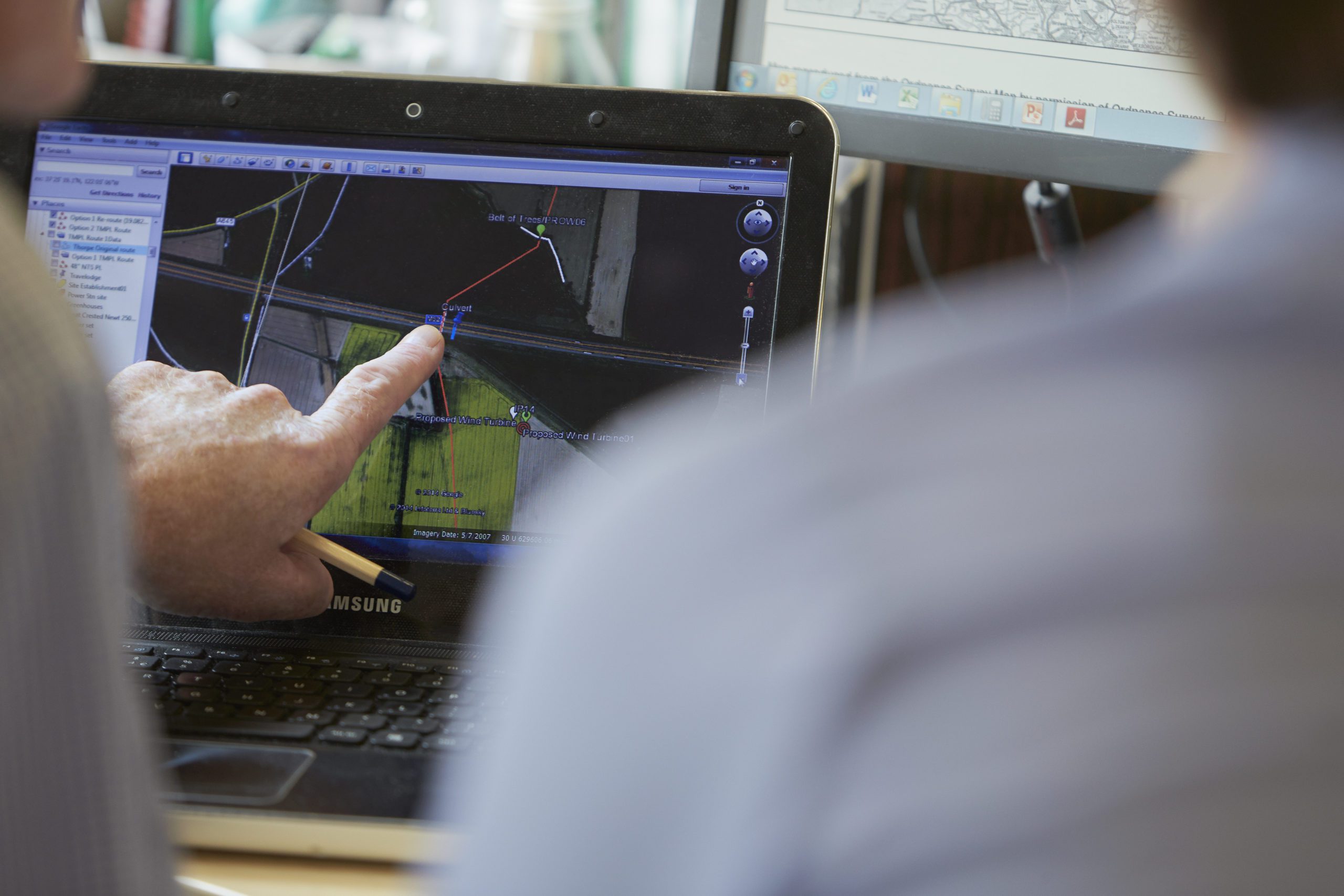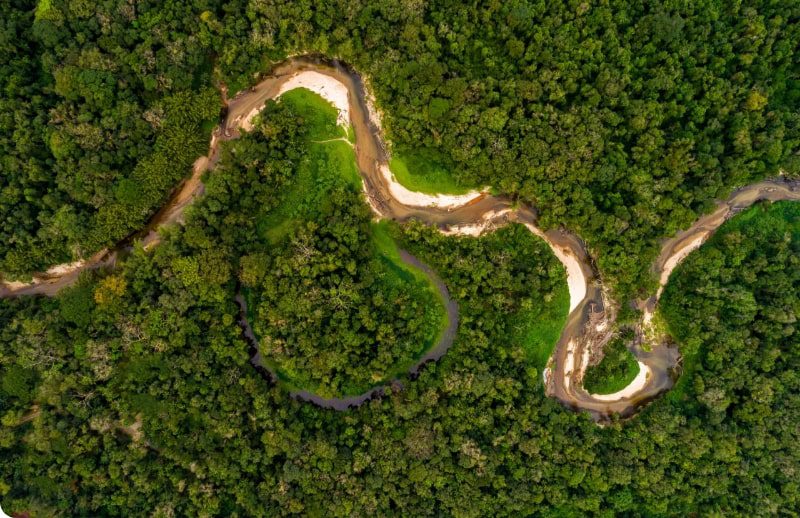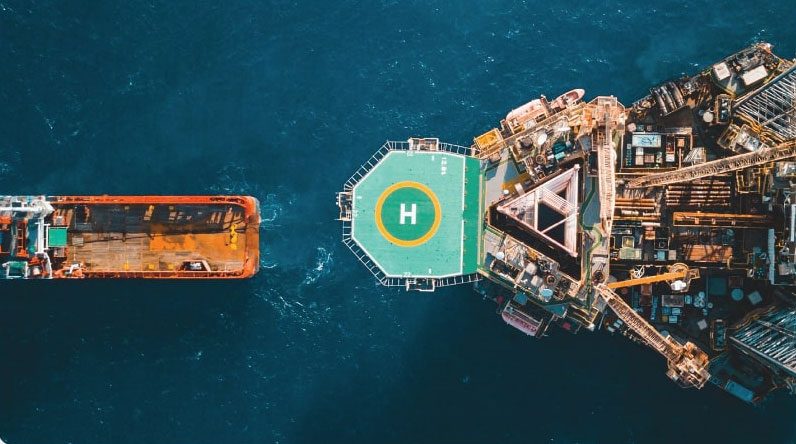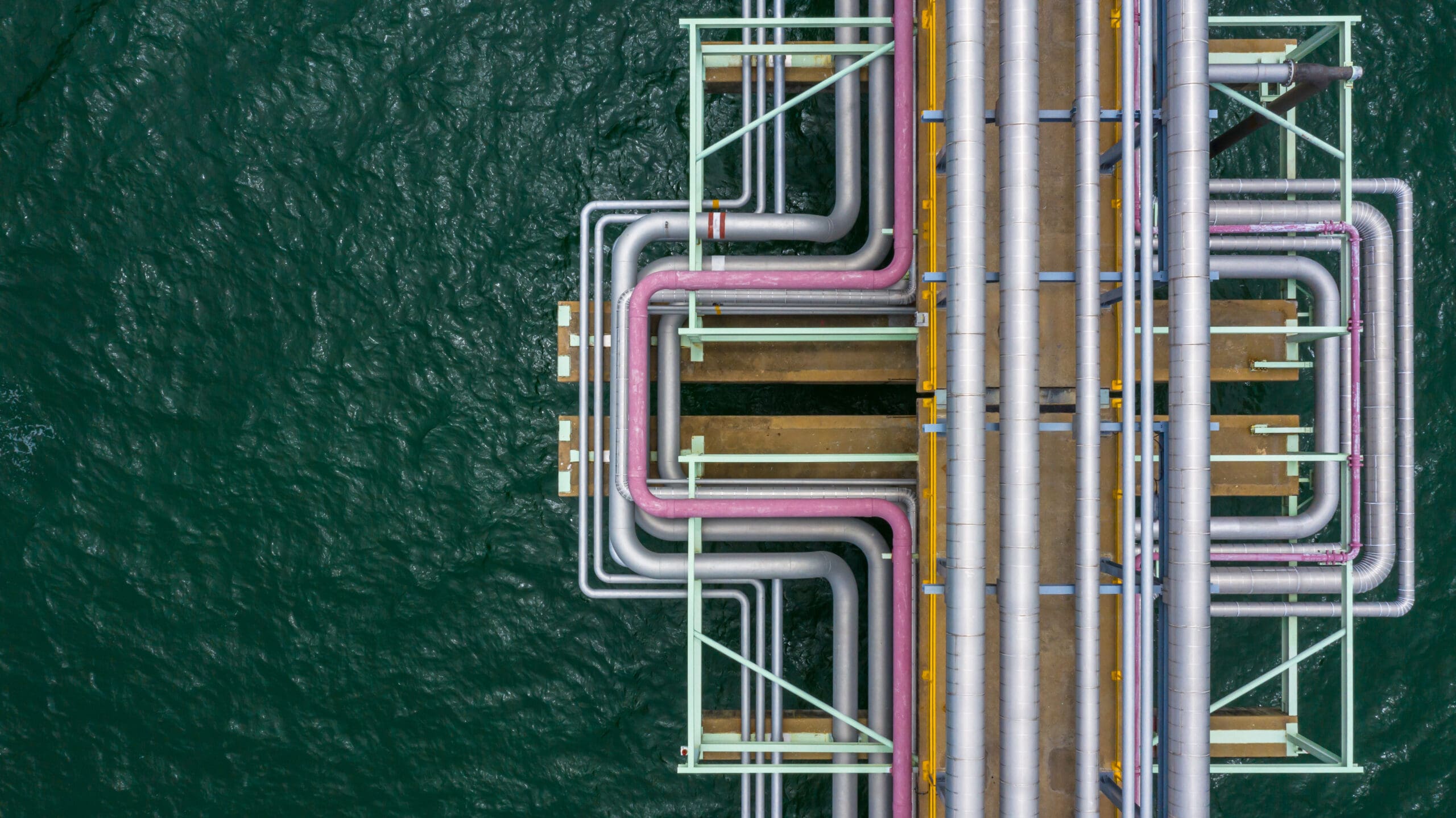Monitor Corrosion Growth Rates with THEIA

Establishing a credible Corrosion Growth Rate (CGR) is essential to pipeline integrity assessment as CGRs are used to calculate the remaining life of the pipeline and the next In-Line Inspection (ILI) date. CGRs based upon calculating the growth of matched corrosion features reported across different ILIs are commonly used in the pipeline industry. However, the time and resources to manually match features across multiple, large ILI data sets have always been a laborious process that can take many hours of engineering time. THEIA, Penspen’s Pipeline Integrity Management Solution, is a digital platform with a suite of integrity assessment modules. A core THEIA module is ‘Feature Matching & CGR’ that matches features across multiple, large ILI data sets and calculates a resulting CGR in just minutes – feature matching made easy.
Backford to Plumley Integrity Assessment
The integrity assessment of the Backford to Plumley pipeline is a recent project supported by Penspen’s THEIA team. The pipeline is maintained by Penspen and is part of the Manchester Airport Pipeline System (MAPS) which transports aviation fuel from the refinery at Stanlow to Manchester International Airport in the UK. Historically, a series of ILIs have been completed for this pipeline, and manual feature matching between these large ILI data sets to obtain a CGR would be a time-consuming process. THEIA’s Feature Matching & CGR module immediately came to mind as an alternative approach to reach the desired result.
THEIA’s ‘Feature Matching & CGR’ Module
THEIA’s Feature Matching & CGR module enabled combinations of multiple data sets to be selected and then run as feature matching and CGR analyses. Each of these analyses represents a different combination of data sets, with a single analysis taking a maximum of a few minutes to complete. Results from THEIA for these analyses were feature matching statistics and a range of internal and external CGRs including the mean and 95 percentile upper bound CGRs. From these CGRs, a credible CGR was selected to calculate the remaining life of the pipeline and the next ILI date. These formed part of the recommendations in the final integrity assessment report issued to the client. With the support of THEIA CGRs, the client saved a lot of time on the integrity assessment project. Manual feature matching and resulting CGR calculations required to generate equivalent CGRs would have taken days of engineering time.
A validation exercise on one of these THEIA analyses results vs manual feature matching and CGR was completed. THEIA matched 572 external corrosion features between UT ILI and MFL ILI data sets. 532 external corrosion features were then manually matched for these 2 data sets – a process that took many hours. A comparison of the external CGR’s results from THEIA versus those from manual feature matching showed that they were very close – within 0.1 mm/year of each other. These strong validation results provide confidence in THEIA’s Feature Matching & CGR module to calculate CGR’s equivalent to those generated from manual feature matching.
Future Projects – Resource and Time Savings
THEIA’s ability to calculate CGRs within minutes based upon feature matching across large ILI data sets from different vendors and inspection tool technologies has been validated by CGRs from manual feature matching with very close results. CGRs with THEIA benefits engineers by significant resource and time savings. It also benefits project managers by maximising their profit margin. Penspen believes that this makes CGRs with THEIA essential for all future integrity assessment projects.
If you are interested in learning more about THEIA and receiving a full demo, please fill in your details below.
All information is held securely and will not be used for promotion purposes unless you opt in.





